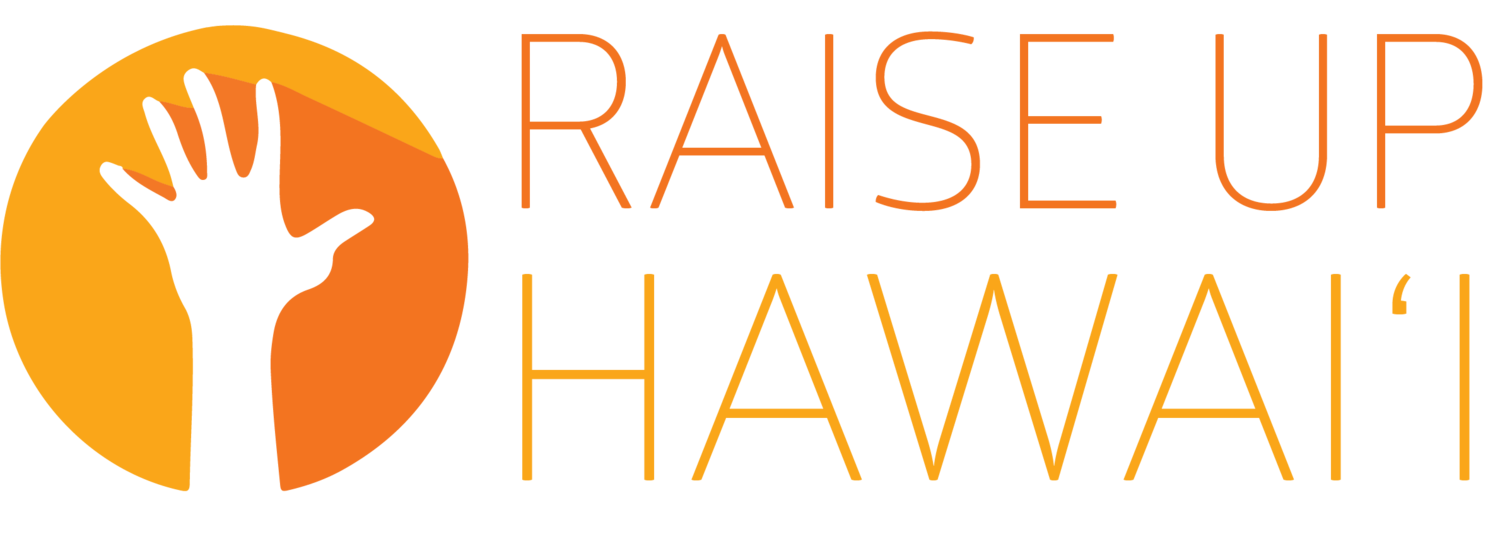How much would Hawaiʻi prices rise if the minimum wage rose to $17 by 2025?
The overwhelming majority of research on the effects of past minimum wage increases on prices suggests that costs to consumers rise by less than 5 percent—typically far less—over several years, even in industries that employ a lot of workers at or near the minimum wage, such as fast food.
What Does this Mean for Hawaiʻi’s Prices?
How much would the price of commonly purchased food items increase if Hawaiʻi were to raise the minimum wage to $17 per hour by 2025? Extrapolating the results of prior research on minimum wage, if Hawaiʻi were to raise the minimum wage to $17 per hour by 2025, the wage increase would cause fast food prices to increase by a median rate of 4.8 percent over 6 years.
To put this in context, we looked at prices in downtown Honolulu in early 2019 and projected how much a minimum wage increase to $17 over 6 years would cause prices for some common food items to go up in Hawaiʻi:
A spam musubi’s price may increase from $1.55 to $1.62 (7 cents);
A pack of hot dogs might go from costing $6.88 to $7.21 (33 cents);
The price of bag of chips might go up from $2.88 to $3.02 (14 cents);
The pound of bananas may go from costing 75 to 79 cents (4 cents);
The price of a gallon of milk may go up from $5.49 to $5.75 (26 cents); and
The price of a fast food combo meal may rise from $6.59 to $6.91 (32 cents).
If a Hawaiʻi worker ate that combo meal every single day for lunch, the minimum wage increase would cause him to spend about $6.33 extra per month on his lunches. If he were a minimum wage worker himself, he would make that extra money in less than an hour of work at his higher wage.
Of course, these price estimates are just that—estimates. However, they underscore the point that even with “full pass-through” of higher labor costs to consumers, “from a consumer’s standpoint, the price increases are small.”
A 2008 overview of the literature on this topic concluded, and recent studies have confirmed, the overarching theme: “the minimum wage increases the wages of the poor, does not destroy too many jobs, and does not raise prices by too much.”
What Does Existing Research Say?
The consensus among researchers is that the anticipated price increases from a minimum wage increase are not particularly large. Recent studies suggest that some minimum wage increases do not lead to higher prices at all, though larger minimum wage increases—like the 68 percent increase ($10.10 to $17) over 6 years contemplated in Hawaiʻi—would “have clear positive effects on output prices.”
This is not surprising. For one, most minimum wage, or near minimum wage, workers are cashiers at grocery and department stores, retail salespeople, cooks, janitors, cleaners and waiters or waitresses. Industries that employ many low-wage workers will see their labor costs go up as the minimum wage rises, and they may pass some of these costs along to customers.
The key question is: how much of those costs will they pass along? Some of the studies on this topic focus on average prices across all industries, while others focus on the price of food—particularly restaurant meals—because this industry has higher labor costs and a higher percentage of workers that make minimum wage. As such, prices for fast food are projected to increase by more than are the prices for other goods, such as clothing or food purchased at a grocery store.
The effect of a minimum wage increases on prices has been studied by some leading minimum wage experts. Most studies use observational data to estimate the price effects of actual minimum wage increases (as opposed to, for example, simulations), and so estimate the effects of different sized minimum wage increases.
While some studies estimate the price effect for all goods and services, others focus on food and beverage prices, or more specifically on fast food. As such, the estimated percent increases in prices following a minimum wage increase can appear quite varied. However, when all estimates are adjusted to the same percent increase in the minimum wage for comparison purposes, we can see that the estimates for the increase in prices range from 0.15 percent to 2.7 percent for all goods and services, from 0.58 percent to 1.2 percent for food and beverage, and from 0 percent to 2.1 percent for fast food (see table below).
A 2016 study made news by claiming that raising the federal minimum wage from $7.25 to $15 per hour would increase prices at limited service (fast food) restaurants by around 4.3 percent. However, it is important to note that this amounts to only a 0.4 percent increase in prices at limited service restaurants from a 10 percent increase in the minimum wage, which is actually lower than the percentage estimated in many other studies.
Further, the price of other goods and services should rise less than the price would at fast food restaurants, because fast food restaurants both have high proportional labor costs (30 to 50 percent of total costs) and have a high proportion of minimum wage workers. The price of groceries, for example, should rise less than the price of fast food, because grocery stores and other retailers have lower labor costs as a percentage of their total costs.
The following table presents the results from frequently-cited studies on the topic of the effect on prices of minimum wage increases.
Projected Price Increase from 10 percent increase in Minimum Wage
Bibliography
AARONSON, D. (2001): "Price Pass-through and the Minimum Wage," Review of Economics and Statistics , 83, 158-169.
AARONSON, D., E. FRENCH and J. MACDONALD (2008): "The Minimum Wage, Restaurant Prices and Labor Market Structure," Journal of Human Resources , 43(3), 688-720.
ALLEGRETTO, S. and M. REICH (2016): “Are Local Minimum Wages Absorbed by Price Increases? Estimates from Internet-based Restaurant Menus,” Institute for Research on Labor and Employment, Working Paper # 124-15.
BASKER, E. and M. T. KHAN (2016): “Does the Minimum Wage Bite into Fast-Food Prices?,” Journal of Labor Research, 37(2), 129-148.
CARD, D.E., and A. KRUEGER (1994): “Minimum Wages and Employment: A Case Study of the Fast-Food Industry in New Jersey and Pennsylvania,” American Economic Review, 84(4), 772-793.
LEE, C., and B. O’ROARK (1999): "The Impact of Minimum Wage Increases on Food and Kindred Products Price: An Analysis of Price Pass-Through," US Department of Agriculture Technical Bulletin, 877.
LEMOS, S. (2008): “A Survey of the Effects of the Minimum Wage on Prices,” 22, 187-212.
MA, J. and R. GHISELLI (2016): “The minimum wage, a competitive wage, and the price of a burger: Can competitive wages be offered in limited-service restaurants?,” Journal of Foodservice Business Research, 19, 131-146.
MACDONALD, J. and D. AARONSON (2006): "How Firms Construct Price Changes: Evidence from Restaurant Responses to Increased Minimum Wages." American Journal of Agricultural Economics, 88(2), 292-307.
O’BRIEN-STRAIN, M., and T. MACURDY (2000): "Increasing the Minimum Wage: California’s Winners and Losers," Public Policy Institute of California Discussion Paper, 131.
WILSON, M. (1998): "Increasing the Mandated Minimum Wage: Who Pays the Price?," mimeo .
WOLF, E., and M. NADIRI (1981): "A Simulation Model of the Effect of an Increase in the Minimum Wage on Employment, Output and the Price Level," Report of the Minimum Wage Paper Commission, 6, 217-232.








